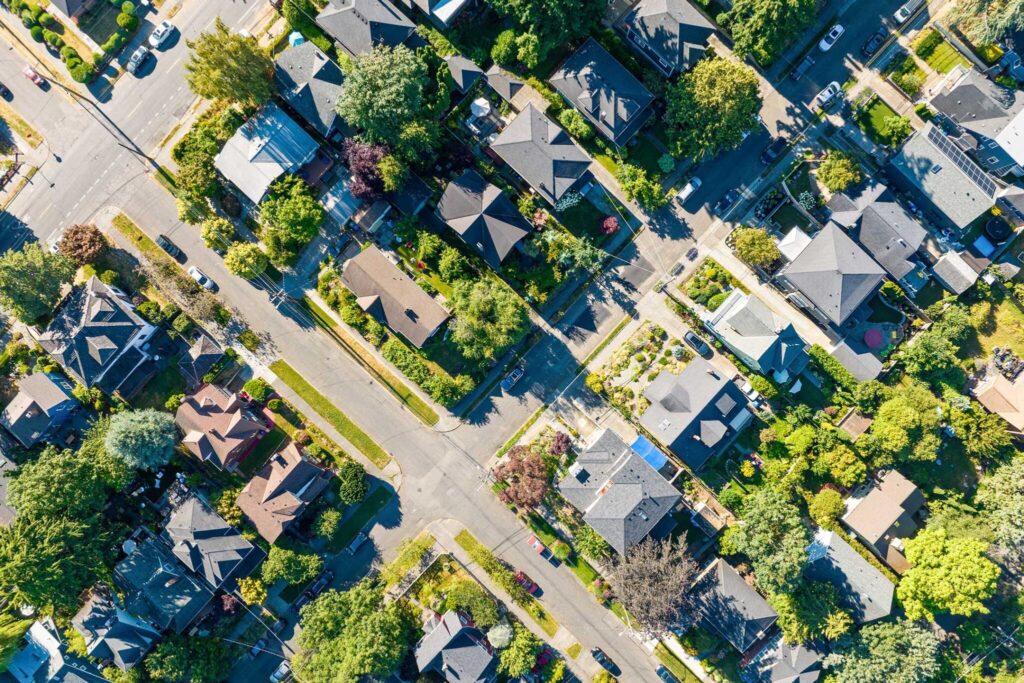
During last month’s State of the City speech, Seattle Mayor Bruce Harrell proposed a growth plan that would make every Seattle neighborhood eligible for more density. The plan recommends 24 new “neighborhood centers” within 800 feet of transit and commercial areas – and would include apartment complexes as high as six stories.
The proposal represents the most significant overhaul of Seattle’s land-use code in the past 30 years. It is part of a required 10-year update to the city’s Comprehensive Plan and would pave the way for at least 100,000 new homes over the next two decades. While this doesn’t meet King County’s projected need of 120,000 near homes, Seattle officials believe the growth roadmap outpaces the need forecasted in 2019.
Currently, homeowners can build up to two mother-in-law units (one detached from primary home, one attached) in neighborhood residential zones. Harrell’s new plan would increase this number to four on most lots and six units if located near transit, or if affordable housing is counted in that number.
The state Legislature passed House Bill 1110 in 2023, requiring cities with more than 75,000 residents to increase single-family neighborhood density. Harrell’s proposal would put Seattle in compliance with that bill. It’s a move away from Seattle’s three-decade-long “urban village” philosophy, in which most development and business activity takes place in certain pockets while leaving surrounding neighborhoods untouched. Recent analyses have suggested that this constricts supply and bars most affordable forms of housing throughout much of Seattle, particularly detrimental to middle-class communities and people of color.
Under the new plan, “urban villages” would become “urban centers,” including a center near 130th Street, which is set to house a light rail station in 2026. The boundaries of Greenwood, Queen Anne, Admiral and Morgan Junction would also be expanded.
According to Rico Quirindongo, director of Seattle’s Office of Planning and Community Development, Seattle is in more of a housing crisis now than a decade ago. It has become increasingly difficult for people moving into the city to find a place to rent or buy. The typical Seattle resident is interested in having more housing choices – a gap Harrell’s proposal aims to fill.
This post was based on information found on Seattle Times.